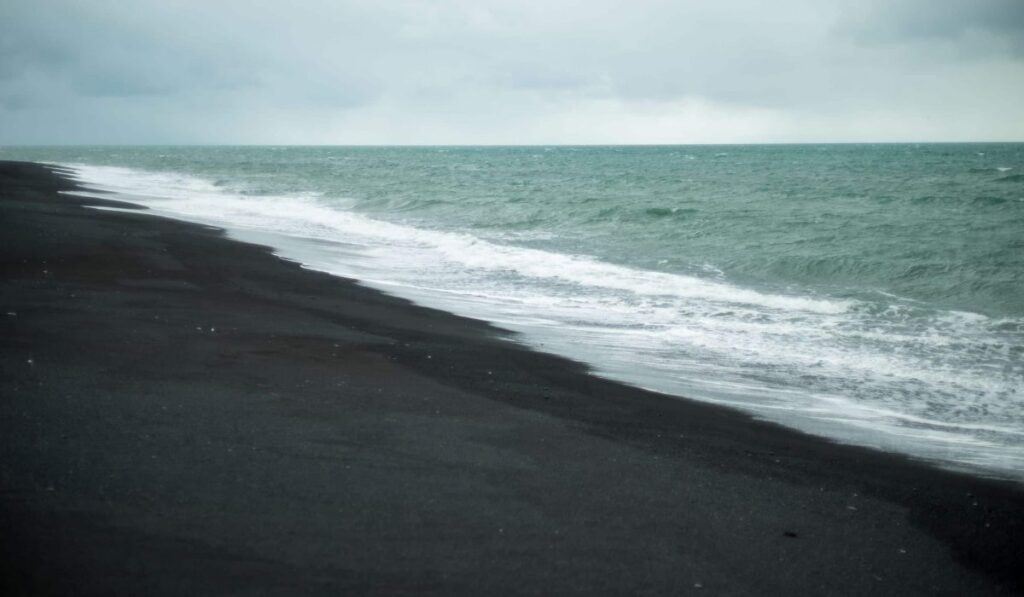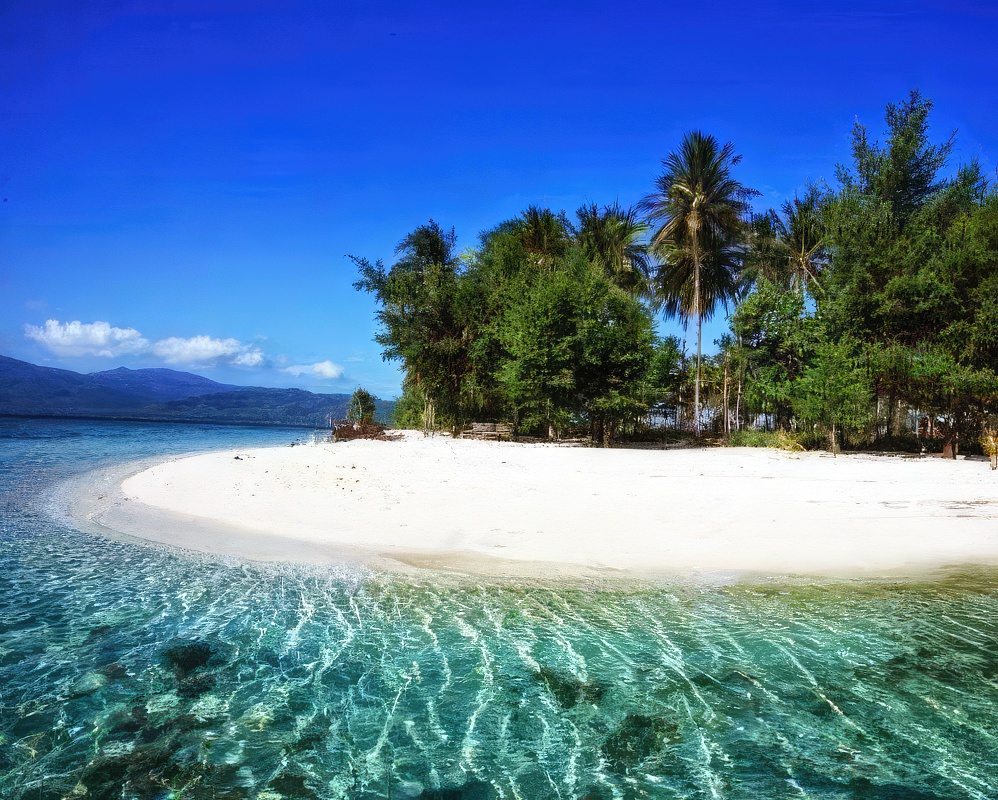Hi, students! Be happy and stay curious wherever you are when you are learning about the world!
When I was a kid, I always wondered why not all beaches are sandy white—the way I always dream them to be and how I see them in movies. The answer is:
The sand color depends on:
- the material that formed the sand (e.g., eroded parent rocks) and
- the local geological conditions.
You must have also noticed that not all beaches are sandy. Some are pebblier, while certain others even feature rocks and boulders. This is because the type of sand found on a beach is mainly impacted by the size of the materials on the beach and the height (energy) of the waves.

Black-colored sand on some beaches (like Punaluu Black Sand Beach in Hawaii) is formed by the eroded basalt—lava from the volcanoes. Basalt is one of the magmatic rocks of volcanoes (when the magma gets cooled it changes into a solid and gets harder). White-sand beaches owe their color to the smooth pieces of dead coral (coral skeleton is made of calcium carbonate and is therefore white).

resources: ABC Science
By: Roesanty Eka Taroena


